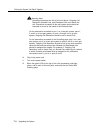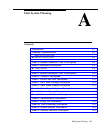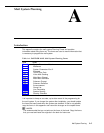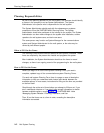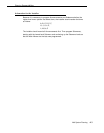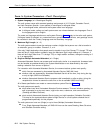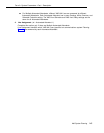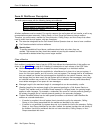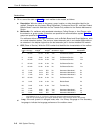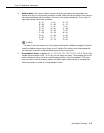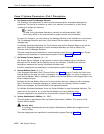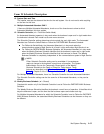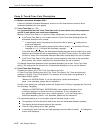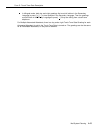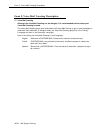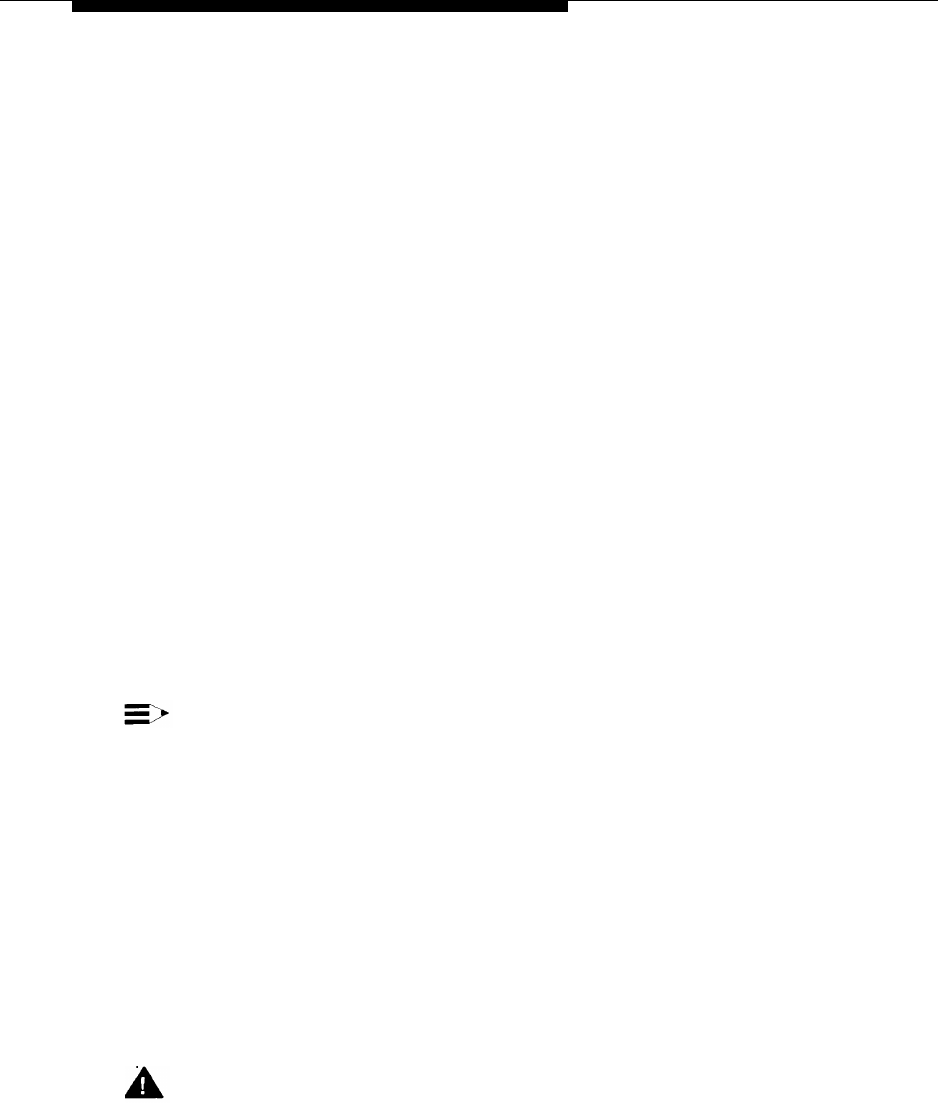
Form B: Mailboxes Description
■
Mailbox Type identifies the function that the mailbox performs:
—
—
—
—
A Call Answer Service mailbox provides message storage space. A caller who reaches a Call
Answer Service mailbox hears a greeting; the caller can leave a message. This is the most
commonly-used type of mailbox for extensions.
Call Answer Service mailboxes with Class of Service 5, 6, or 18 also can be created for
people who need to be able to receive messages, but who do not have their own extension
(for example, consultants). These are called Guest Mailboxes.
An Automated Attendant mailbox provides access to a predetermined Automated Attendant.
A caller who reaches an Automated Attendant mailbox hears whatever has been recorded for
that Automated Attendant; the caller cannot leave a message. This type of mailbox may or
may not have an associated extension. The receptionist’s extension, for example, could have
an Automated Attendant mailbox.
A Bulletin Board mailbox provides an informational message up to four minutes long. A caller
who reaches a Bulletin Board mailbox hears the message; the caller cannot leave a message.
This type of mailbox can be used, for example, in a real estate office to advertise new listings.
A Transfer-Only mailbox provides access to an extension that does not need a mailbox with
storage space; for example, the extension in a conference room or at a loading dock. A caller
who reaches a Transfer-Only mailbox hears a greeting; the caller cannot leave a message but
can transfer to another extension. A Transfer-Only mailbox should be created for the
extension to which the Remote Maintenance Device is connected.
Mailboxes of any type (Call Answer, Automated Attendant, Bulletin Board, or Transfer-Only) can
be created for Calling Groups (71, 72, 73, 74) and Hunt Groups (771, 772, 773, 774, 775, 776).
Then, if the group is busy when a caller tries to transfer from the mail system to the group, the
caller will be transferred to the mailbox.
NOTE:
The system considers a Hunt Group to be busy if all members of the group are
on the phone or have Do Not Disturb on. A Calling Group is busy if all
members of the group have Do Not Disturb on, a call is ringing in the Calling
Group, or the Calling Group is being paged. Be aware that there is no Voice
Mail coverage for calls that are ringing in a Calling Group or a Hunt
Group.
A combined total of 100 Call Answer Service, Automated Attendant, and Bulletin Board mailboxes
can be created. But to avoid call traffic problems, a maximum of 60 is recommended for a six-
port system, 40 for a four-port system, and 20 for a two-port system. In addition, up to 58
Transfer-Only mailboxes can be created.
■
Outcalling Permission defines whether or not the mailbox allows Outcalling. If Outcalling is
permitted and activated, whenever a new message is placed in the mailbox, the mail system calls
up to five telephone numbers designated by the subscriber.
Security Alert:
Use discretion when creating mailboxes that permit Outcalling. No constraints are placed
on the destination of the outside call other than those imposed by the communications
system’s Outgoing Call Restriction (#401), Disallowed Phone Number Lists (#404), and
Allowed Phone Number Lists (#407). Business needs should dictate the use of Outcalling.
Mail System Planning
A-7



